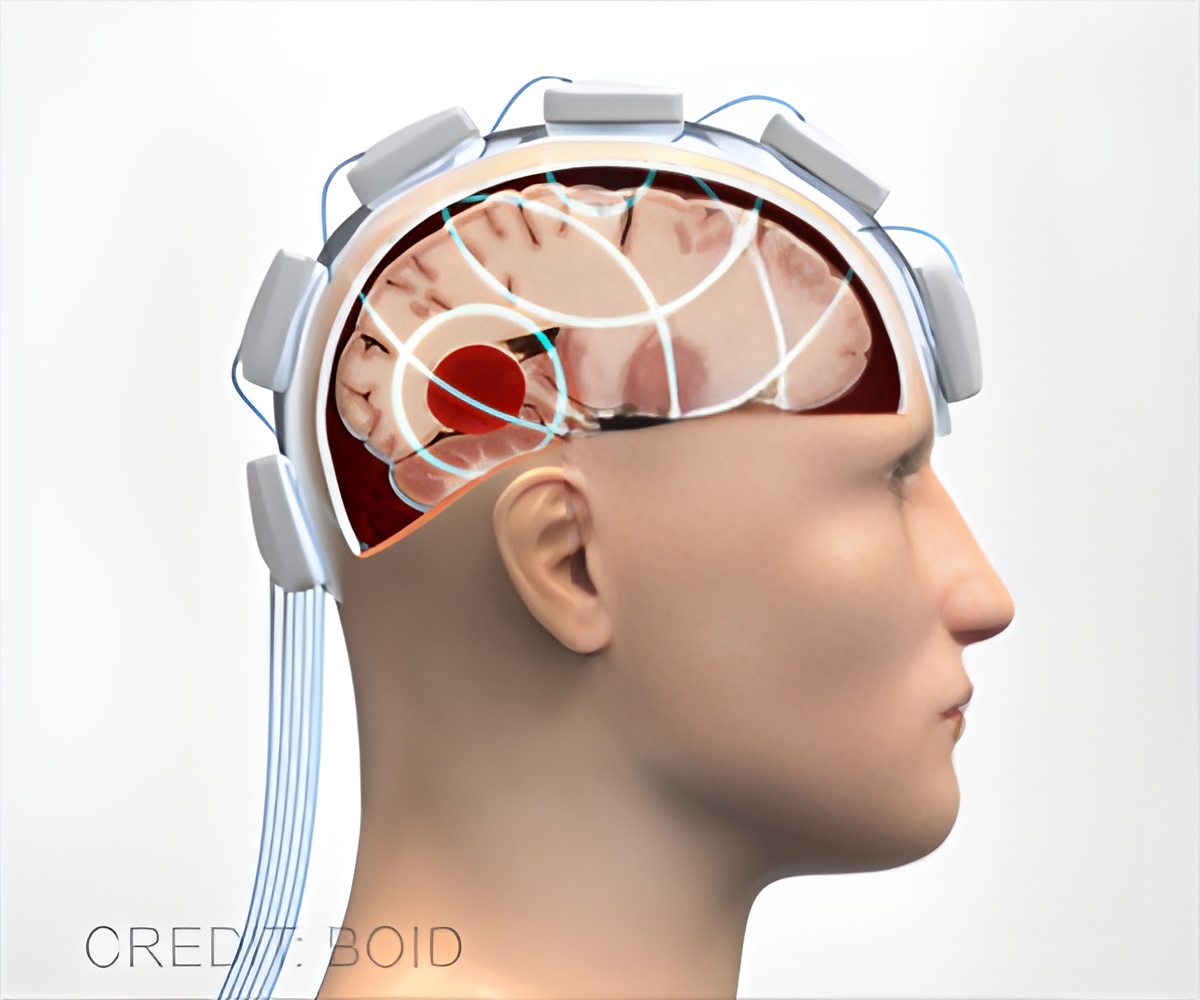
‘Slit-Robo signaling is required not only at the initial stages of brain circuitry guidance but also later for maintaining those networks of circuits.’
Tweet it Now
The study from Krishna M. Bhat, UTMB professor in the department of neuroscience and cell biology, and his lab showed that a protein called Slit is required for maintaining the interconnecting pathways in the nervous system. Without continual guidance from Slit, the intended pathways - which are very important for proper communication between brain regions after birth - drift off course.
The study found that Slit keeps brain cells on their paths in partnership with receptor proteins called Robo. The study also revealed that Slit-Robo signaling is controlled by an enzyme called Mummy.
Mummy modifies Slit in such a way that it could be secreted outside the cell where it is made, and also maintains correct amounts and spatial distribution of Robo during early and late nervous system development.
"Although Slit-Robo signaling is intensely studied, the emphasis has always been on understanding the events controlling the beginning of the process of guiding developing brain circuits to their destinations," said Bhat.
Advertisement
The study was conducted using the fruitfly Drosophila, as the control of brain circuitry pathfinding mechanisms is remarkably similar to what happens during human development.
Advertisement















